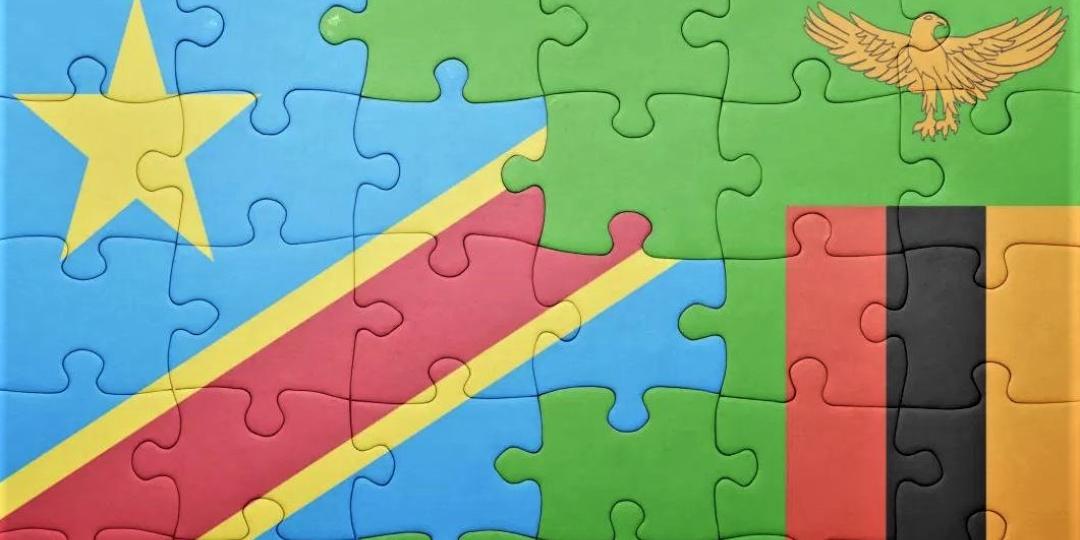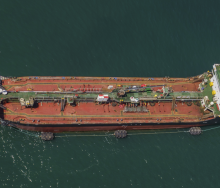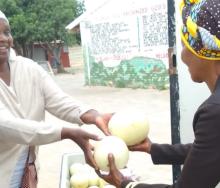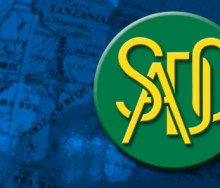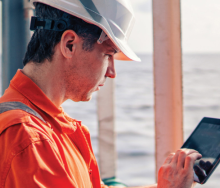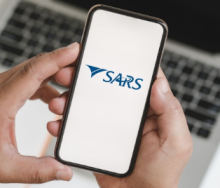Cross-border collaboration between the Democratic Republic of the Congo (DRC) and Zambia has effectively decongested the Copperbelt crossing of Kasumbalesa, a notoriously problematic border that in the past stood out as the most challenging transit on the North-South Corridor (NSC).
Prior to the Covid-19 lockdown, Kasumbalesa’s fragile workability could result in cargo disruption at any given time.
When the pandemic arrived, the impact was immediately felt, leading to a northbound cargo queue stretching some 90 kilometres south-east on the T3 highway through Chingola towards Kitwe.
Apart from its disastrous economic impact, the virus isn’t all bad.
Sensing that speedy action was necessary to clear the border and boost imports and exports into the region, known for its copper mines, DRC and Zambian border authorities got together to troubleshoot a long-beleaguered border.
Once that was done, when the two governments decided to collaborate around improving a key cargo transit, Kasumbalesa was decongested in less than a week.
And although it’s been a while since Kasumbalesa’s Covid queue was cleared, the question is what was done to solve that situation, especially on the eve of the 40th anniversary of Office de Gestion de fret Multimodal (Multimodal Fret Management Office – Ogefrem).
Speaking to Freight News anonymously for the sake of avoiding time-consuming protocol, a South African freight representative responsible for customs compliance among transporters entering the DRC, said two interventions had helped to decongest Kasumbalesa.
“On the one side it was decided that staff on either side of the border simply had to work longer hours. Subsequently it was decided that the border should stay open till 10pm.”
In addition, he said, it had been decided that if cargo declaration had been accurately inspected on one side of the border, there would be really no need to do so on the other side.
However, it meant reciprocal oversight so that both customs regimes were satisfied that inspections were properly executed.
“Essentially it meant that DRC customs officials, for example, would cross over to the other side to be present when their Zambian counterparts checked declarations to make sure that all was in order.”
Commenting on what had been accomplished at Kasumbalesa given that there was public-sector will on both sides of the border to sort out its issues, Mike Fitzmaurice of the Federation of East and Southern African Road Transport Associations (Fesarta) said it showed what could be done if there was collaborative cooperation.
In comparison, the congestion at Beitbridge seemed unsolvable, mainly because of the disconnect between border authorities on either side of the Limpopo River.
The chief executive of Fesarta said it was amazing what could be achieved once the public sector decided to work together in progressively facilitating trade with long-term sustainable efficiencies in mind, especially considering that previously Kasumbalesa was thought of as a lost cause.
